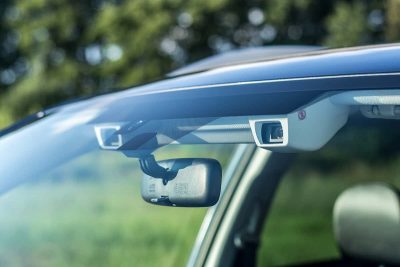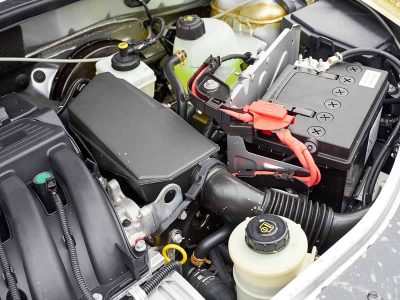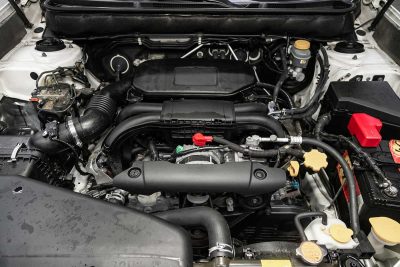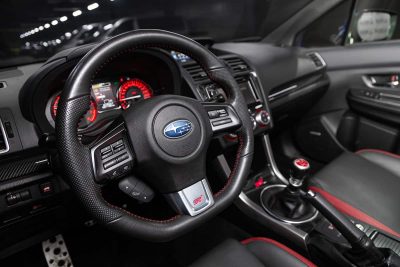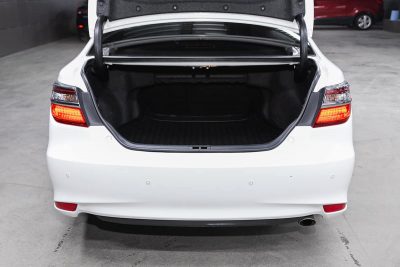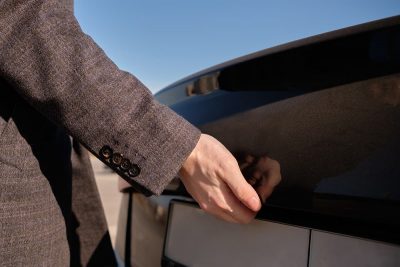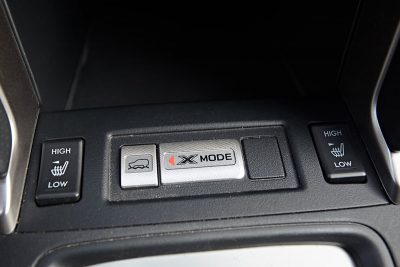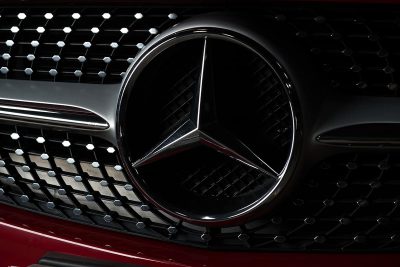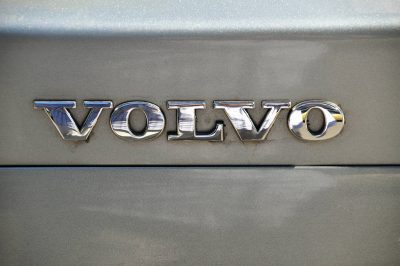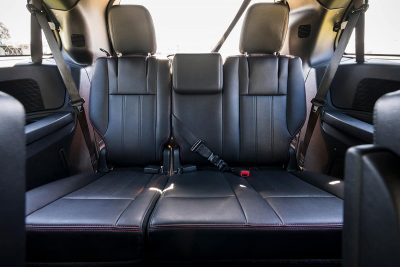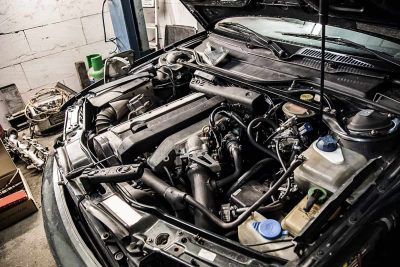If the primary key fob ever stops working or gets damaged, the Subaru Outback has a secondary key that can be used in its stead. Follow these steps to activate the emergency key:
In today’s guide, I’ll explain what the EyeSight support program is, how to turn it on, and how to resolve the problems listed above.
Subaru Outbacks use different battery sizes depending on the model year. In general, 2020 and recent Outback models use group 47 car batteries, 2010 to 2019 use group 25 batteries, and 2000 to 2009 Outbacks use group 35 batteries.
In this article, I’ll show you how to change the oil in your Subaru Outback, as well as explain why you need to change your Outback’s oil regularly.
The red A/T oil temp light on your Subaru can mean one of the following things.
To access your Camry’s trunk without a key, you can try one of the following.
There are 3 primary causes for why your Subaru Outback’s trunk can’t open: Dead battery, Unresponsive key fob, Liftgate problems
Subaru’s X-Mode should be activated when climbing slopes, driving on slippery surfaces (snow or gravel), or on steep declines. X-Mode consumes more fuel, so you should only turn it on when necessary.
In this guide, I’ll explain what fault codes are in more detail, how to get fault codes on a scanner, and what the most common fault codes are for Mercedes cars. So, whenever you’re ready, just scroll down and begin.
In the past, mechanics had to resort to “brute-force diagnostics” to figure out what was wrong with a car. In retrospect, it would have been helpful to have a Volvo fault codes list as it would allow mechanics to immediately identify the underlying problem.
All Subaru Outback model years are limited to 5 passengers—2 in the front and 3 in the 2nd row. You will not find a Subaru Outback with the third row of seats.
While sitting in the driver’s seat, look for the hood release lever on the left-hand side. Pull the lever as far forward as it will go. Now, get out of the car and run your fingers underneath the slightly opened hood to release the secondary hood lever. Now, lift the hood as high as it will go to prop it up with the hood lift prop.

